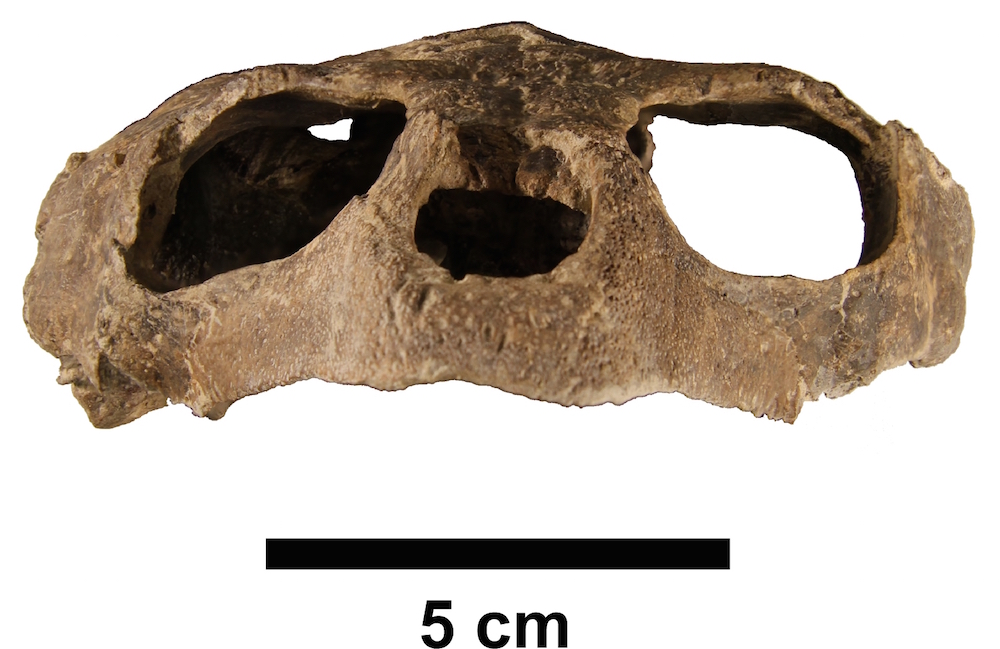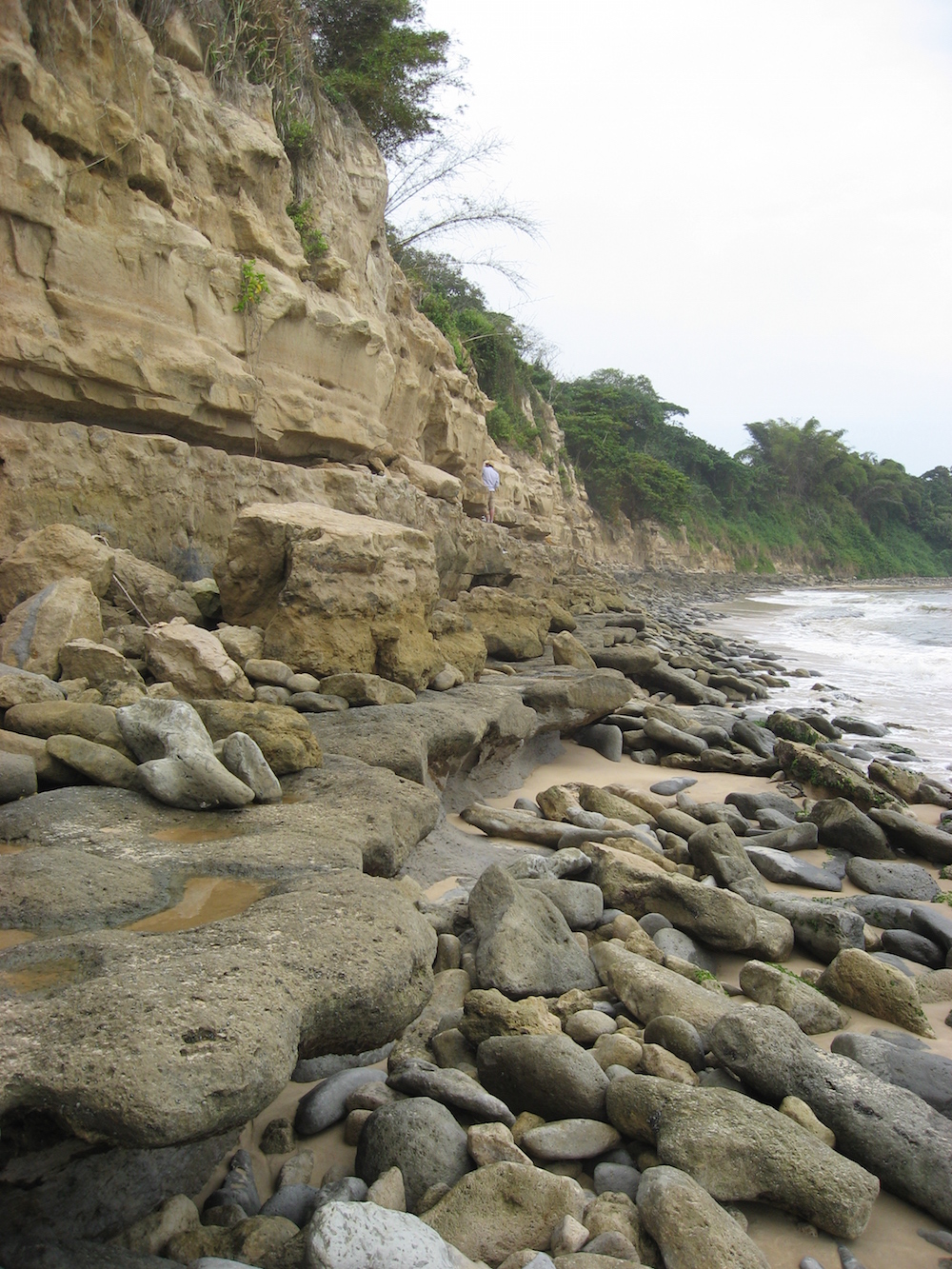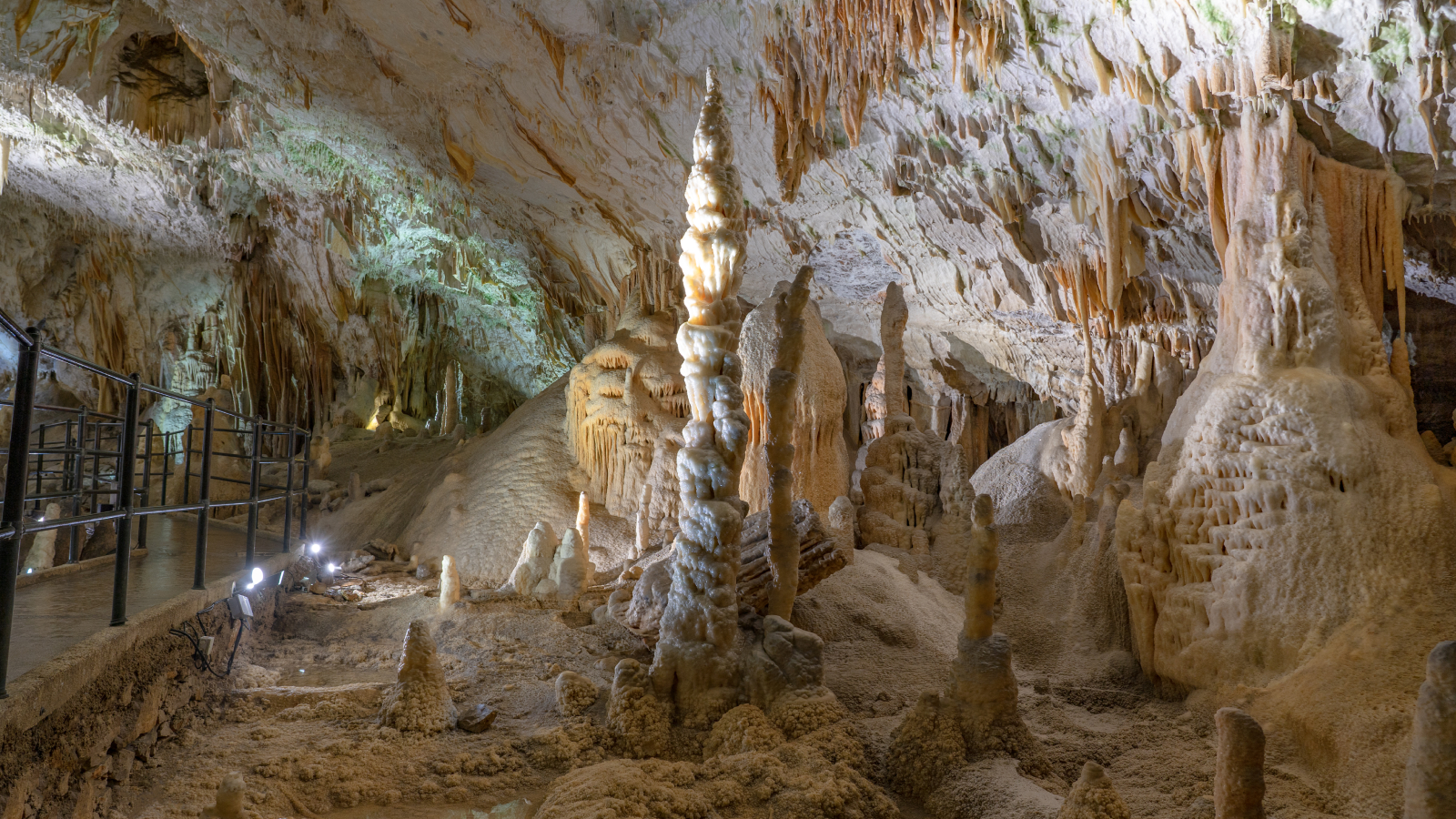Tough Turtle: Dino-Killing Asteroid Spared Sea Creature

Shortly after an asteroid smashed into Earth about 65.5 million years ago, obliterating much of life on Earth,an ancient sea turtle with a triangular-shaped head swam along the relatively arid shores of southern Africa, a new study finds.
The creature, a newly identified species, lived about 64 million years ago during the Paleocene, an epoch within the Paleogene period, the researchers said. The animal is closely related to earlier sea turtles that lived before the asteroid struck, an event known as the Cretaceous–Paleogene (K-Pg) boundary, which marks the mass extinction that killed about 75 percent of all species on Earth, including the nonavian dinosaurs.
"If these sea turtles do, in fact, form a tightly knit group, evolutionarily speaking, then the [African] specimen provides proof that members of that group survived the mass extinction at the end of the Cretaceous," study lead researcher Timothy Myers, a research assistant professor in the Department of Earth Sciences at Southern Methodist University in Texas, told Live Science in an email. [See Photos of the Ancient Sea Turtle from Angola]
Paleontologists found the specimen along the sea cliffs near the town of Landana, in the Angolan province of Cabinda in June 2012. Study senior researcher Louis Jacobs, a vertebrate paleontologist at Southern Methodist University, noticed part of the bone protruding from the rock. He and his team soon realized it was a nearly complete turtle skull and most of a hyoid, a U-shaped neck bone that supports the tongue.
The Cabinda turtle, which researchers have yet to formally name, was about the size of a small round table, measuring about 3.2 feet (1 meter) long. Its eyes faced forward and slightly to the side, Myers said.
An analysis of the skull showed that the early turtle had an expanded palatal surface (the palate is the roof of the mouth). This suggests that an early adaptation allowed the animal to eat hard foods that needed to be crushed prior to ingestion.
"Based on the palatal [shape], I assume that adult turtles would have eaten hard-shelled organisms like crustaceans (crabs, lobsters), bivalves and gastropods in addition to softer prey like squid or fish," Myers said.
Get the world’s most fascinating discoveries delivered straight to your inbox.
Further analysis indicated that the Cabinda turtle was an early member of a group of modern sea turtles that includes hawksbill and green sea turtles, he added. But the newfound specimen likely belongs to a different taxon, or group, of the Chelonioid (sea turtle) family, the researchers said.
The turtle isn't the only specimen unearthed in Cabinda. The site has also yielded fossils of snakes, crocodiles, bony fishes and sharks, Myers said. The side-necked turtle species Taphrosphys congolensis was also discovered there, the researchers said.
The fossil site was once a parched habitat, Myers said.
"In the early Paleocene, the site was a sandy, shallow marine environment, not far from the coast," Myers said. "This part of Africa was at a higher latitude 64 million years ago, so the climate would have been relatively arid, and the onshore environments adjacent to the locality would not have had the thick jungle vegetation they do today."
The study, which has yet to be published in a peer-reviewed journal, was presented Oct. 28 at the 2016 Society of Vertebrate Paleontology meeting.
Original article on Live Science.

Laura is the archaeology and Life's Little Mysteries editor at Live Science. She also reports on general science, including paleontology. Her work has appeared in The New York Times, Scholastic, Popular Science and Spectrum, a site on autism research. She has won multiple awards from the Society of Professional Journalists and the Washington Newspaper Publishers Association for her reporting at a weekly newspaper near Seattle. Laura holds a bachelor's degree in English literature and psychology from Washington University in St. Louis and a master's degree in science writing from NYU.

